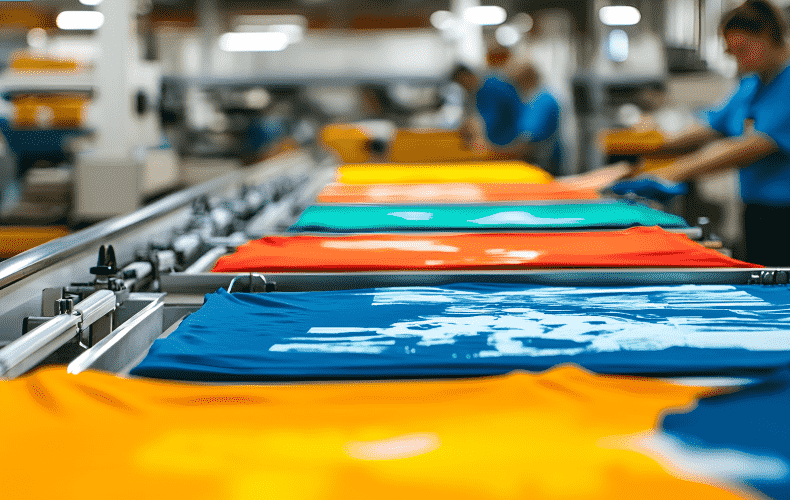
Crypto Investment Entry and Exit Strategies of Institutional Investors
Section: Business
The State Office of Public Health advises more caution at Berlin's bathing spots as water temperatures remain warm. This is because it cannot be ruled out that mini larvae of worms are cavorting in the shallow water. They are called cercariae and cannot be seen. If they infect humans, it can lead to skin irritation, among other things, said spokeswoman Silvia Kostner.
Heavy rains in summer bring some cooling, but they don't just mean relief for nature. Berlin's combined sewer system in the city center often cannot cope with the volume of water and overflows. As a result of sedimentation, including plant debris, dirt and fecal matter, Berlin's canals and other sluggishly flowing bodies of water lack oxygen. This can cause fish to die. But it's also better to avoid Berlin's bathing spots because of contamination after heavy rains, and it's better to go to swimming pools for a few days, especially with small children, Kostner advises.
So far this summer, there have been few concerns for Berlin's lake and river swimming spots. Water quality is checked regularly. Restrictions were recently imposed only on the airport lake because of a proliferation of blue-green algae. This type of cyanobacteria, which shimmers green rather than blue, forms as a result of too many nutrients in the water.
When swimming, too high a concentration of blue-green algae can cause skin irritation and nausea. Expect an increased occurrence of blue-green algae in warm water usually beginning in late July, Kostner said.In contrast, it is difficult to measure the presence of cercariae in the water. This can occur mostly in shallow areas that are overgrown with aquatic plants and populated by snails. This is because the worm eggs enter the water with bird droppings and can infect snails in the shore area. In them, cercariae can thrive, which then swarm out as larvae to find their natural hosts - waterfowl.
However, it can also happen that bathers are infected. Cercariae then bore into the skin and die a short time later. Small red spots on the skin that itch easily are then possible. Sensitive skin may also develop wheals and severe itching. Sometimes even a dermatologist is then required.
According to the state office, waterproof sunscreens and a vigorous rubdown with a towel after bathing help to prevent it. Wet bathing clothes should be taken off immediately. Evidence of cercariae infestation has already been found in previous years at Krummen Lanke and Großer Müggelsee.
A problem at the bathing places is however alone made by humans, added Kostner. Heaps of garbage left lying around attracted rats, which then contaminated the beaches, among other things. And some rats also like to bathe.After heavy rainfall, useful bacteria in Berlin's waterways immediately get to work and decompose what has been washed in. To do this, however, they need energy and oxygen. The fish then sometimes lack this. Especially at night, when bacteria are unable to photosynthesize and produce new oxygen.
"Two weeks ago, we collected about 2,000 kilograms of dead fish," reports Derk Ehlert from the Senate Environmental Administration. But that is little compared to the past, he says. Between May and September, an aeration ship passes through Berlin at night. Unfortunately, however, fish mortality cannot be completely avoided, said Ehlert. The swamp crayfish that have immigrated as new water inhabitants, on the other hand, don't mind the lack of oxygen at all. "They just keep their heads above water."

Section: Business

Section: Arts

Section: Arts

Section: Business

Section: Business

Section: Arts

Section: Health

Section: Arts

Section: News

Section: News
Health Insurance in Germany is compulsory and sometimes complicated, not to mention expensive. As an expat, you are required to navigate this landscape within weeks of arriving, so check our FAQ on PKV. For our guide on resources and access to agents who can give you a competitive quote, try our PKV Cost comparison tool.
Germany is famous for its medical expertise and extensive number of hospitals and clinics. See this comprehensive directory of hospitals and clinics across the country, complete with links to their websites, addresses, contact info, and specializations/services.
One of the most beautiful squares transforms into a summer stage every year for two days. The Gärtnerplatz Open-Air features a free music and cultural program across three stages, as well as street food from local vendors. On Saturday, the main stage at Gärtnerplatz offers something for everyone,...



No comments yet. Be the first to comment!